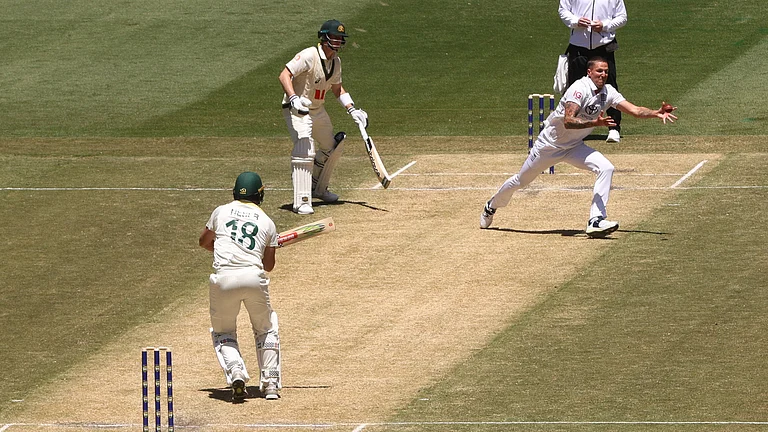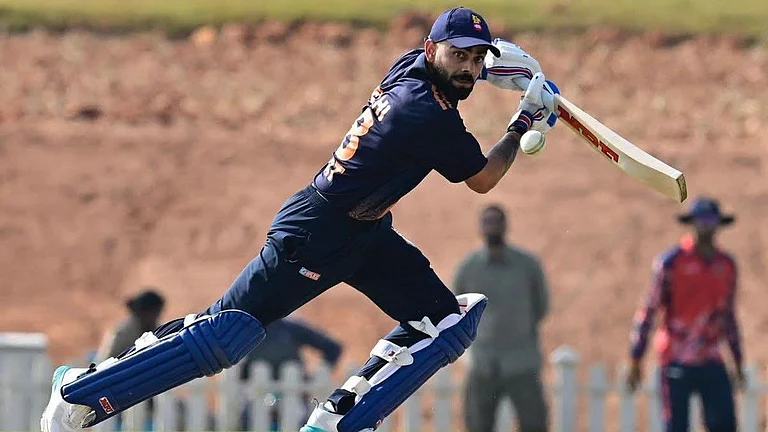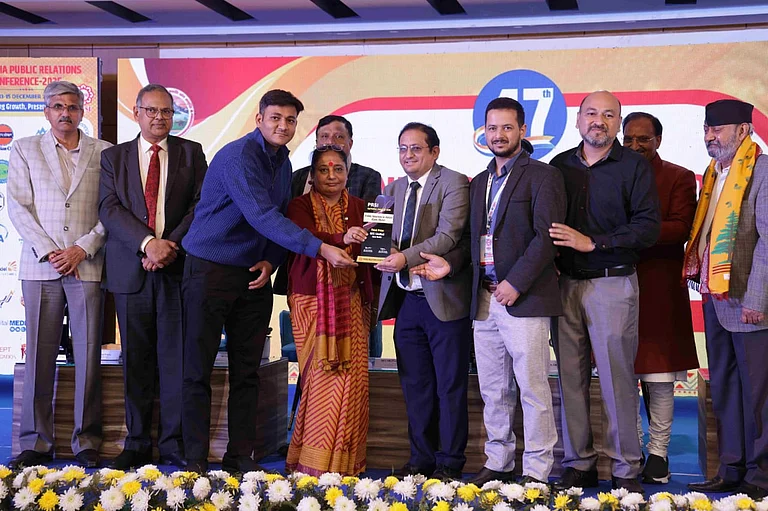“Who are the people who live in mud houses? It is the Dalits. Who are the ones who work as labourers? It is the Dalits. They are not educated, who will give them a job,” asks Shanta Devi, a housing rights activist as she puts to test the most pressing question regarding the rapid evictions in Delhi — what happens when the people in these settlements, who are our labourers, plumbers, carpenters, house helps etc, are rendered homeless and forced to go back to their villages?
By observing the politics of poverty and power hierarchy —and studies conducted over the years validate this— one can tell that it is always the Dalits, Adivasis, Muslims, and the other backward castes that suffer the arbitrary displacement from where they come to build a life. From Yamuna Pushta area to Priyanka Gandhi camp, Sarai Kale Khan, Tughlaqabad Fort area and others, Delhi has seen back-to-back evictions in the come-up to the mighty G-20 Summit preparations. The notion often used to remove these people from their houses – many of whom have built and lived in them for 30-40 years – is that these informal settlements are “illegal”.
However, it is the city and its administration which continues to deprive the working-class section, largely comprising the Dalits, Adivasis and Muslims, of something as basic as a roof over their heads. They are already crammed in slums, within four brick walls and a tin roof, and even that is forcibly taken away from them.
It is important to note that it is not just poverty that drives these people homeless but their identity in society. The issues of eviction are rooted in the complicated history of denial of resources to the Dalits, Adivasis, and Muslims.
How Caste Plays A Role In Evictions
“Everything in India is played along caste lines,” says Beena Pallical, a Dalits rights activist. “If today, a Brahmin was living in these areas, we would not have been in this situation.”
“There is no political will in ensuring the lives of the marginalised,” she adds.
Despite the protection of marginalised communities written in our Constitution, in India, government after government have failed to ensure that all public authorities and institutions are free of caste-based discrimination. As a result, the Dalits, Adivasis, and lower-caste Muslims are denied access to land, the permission to own land, and are forcefully evicted from their settlements.
According to Sunil Kumar Aledia, a founding member of the Centre for Holistic Development (CHD) in Delhi, when these daily wage workers and labourers who migrate from different states, come to a big city, they look for two kinds of lands to build a house — either barren or riverfront.
Slum settlements in India’s major cities have been created over decades— the biggest example of this being the Dharavi settlement. But the idea to uproot them comes from the colonial mindset, along with neoliberal development politics under a falsified discourse of green aesthetics that criminalises these settlers as ‘encroachers’.
“Historically, the Dalit have always remained on the outskirts of villages,” Aledia says, adding that they have always been easy targets. Similarly, even in the urban landscapes, the Dalit, Adivasi, and, in several cases, the Muslims —denied of education, jobs, and financial strength— find these settlements to have a roof over their heads.
But just like they have been “easy targets” historically by the upper caste community, even today, they continue to be so in urban cities, he explains.
Vote Bank Politics
The rampant urbanisation of Indian cities favours an elite notion of development that neglects the concerns of poor inhabitants scattered on the peripheries of these modern settings.
“In a ‘smart city’, for instance, there is no place for a dhobi (launderer), a naee (hairdresser), a cobbler or a rickshaw puller,” says Aledia.
However, when the time comes for elections, it is these settlements that politicians first visit to strengthen their vote bank.
“Every election, political parties promise them shelter, ration, pucca houses, etc. but as soon as the price of that land goes up, they are removed from the site,” says Shanta Devi, highlighting the ruthless demolition of houses seen lately in Delhi.
“A house is a necessity. If these politicians actually care for the people the way they show it when they come for their votes, then they must fulfil the promise of giving them a pucca house,” she adds.
According to Beena Pallical, “The Indian Constitution is held and upheld by the poor and the marginalised. It is them who go to vote in large numbers, not the middle class or the upper class.”
However, the lack of education in these marginalised communities makes them vulnerable to the false promises of house, ration, electricity etc.
“Somewhere we have enabled the institution to be negligent and corrupt. This can also be seen in case of the wrestlers’ protest. Imagine if something like this is happening to them, what would have been if they were Dalits? They’d have stood no chance. Until the entire system is uncorrupted, we will continue to lose out,” she says.
Once An Encroacher, Always An Encroacher
In Tughlakabad village, the Archeological Survey Of India (ASI) decided to take back its land around the fort displacing tens of thousands of people in a matter of days. These people, and their elders, were sold the land by middlemen who gave them a piece of paper as a receipt — the only ‘document’ they had of owning the land. The residents of this land had been staying there for 30-40 years. So, the land was not exactly ‘encroached’ on, but bought by the residents.
The receipt on a piece of paper, however, stood invalid against the ASI notice. As a result, they had to take their belongings one night and find an alternate shelter on their own. They were treated like ‘encroachers’.
“It is a total human rights violation,” Beena Pallical says.
The government prioritises the image of beautified Indian cities based on only aesthetics and selective environmentalism while violently erasing the space for poor, working-class citizens in the heartlands and pushing them to the peripheries of cities.
At a press conference on the forced evictions in India around the G-20 events, human rights advocate Harsh Mander said “These distressing events raise profound questions about the lack of basic compassion exhibited by the government. The complete absence of prior notices and the ruthless demolition of houses point to a severe disregard for human rights. The notion that these informal settlements are illegal is used as an excuse to deny these individuals their rights and entitlements.”
Pallical says that there is a need for the educated middle- and upper-middle class to hold the government accountable. “It has to become everybody’s problem. Only then is there a possibility of change. People need to take charge,” says Pallical.


























